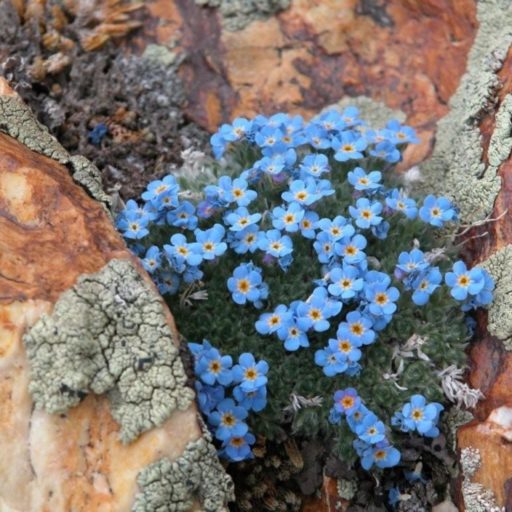Introduction to Botany
The collection, use, and cultivation of plants was an age-old practice long before botany ever became a science during the mid-seventeenth century. The beginning of man’s interaction with plants ranks in importance to that of the discovery of fire. Plants are used for food, medicine, clothing , shelter, and in some cultures, even for sacred, religious ceremonies. Man has, and will continue to cultivate plants for utilitarian purposes, while simultaneously selecting them for improved traits.
As such, man’s use of plants became an essential step in the development of civilization as we know it today, and the tenets upon which the study of plants commenced. In its prescientific stage, botany was mostly descriptive. Authors of early books described the forms and uses of plants that were valued as medicines or foods. Many botanical applications ( we call it horticulture today), such as grafting, irrigation, cultivation, and plant breeding, were known long ago, but there is little indication that the scientific basis for them was known or understood. It could be suggested that plant improvements were largely a function of serendipity and not actual experimentation. For example, plant diseases were known at the time of Aristotle (AD), but centuries passed before their causes and remedies came to light. Gradually, as new information was acquired and man began to question previous thought, the science of botany emerged .
The Renaissance Period, the eighteenth-century period of Liberalism, and the nineteenth-century period of Darwinism were all historical periods during which scientific inquiry and scholarship expanded. New paradigms emerged in botany as well as in other sciences. The invention of the compound microscope, in 1590, offered vast new opportunities to the botanist as well as to other scientists. Minute forms of life could be studied, and, later, led to the understanding that the cell is the fundamental unit of plant and animal tissues.
By the end of the eighteenth-century, experimental methods had been introduced into the study of plant processes and activities. Photosynthesis had been discovered, and a beginning made in understanding sexual reproduction in plants. Botanical exploration had been carried out in many parts of the world, and progress made in scientific classification of plants. The nineteenth-century witnessed the advancement of biogeography and the emergence of ecology as the relationships between plants, climate, and other environmental factors were gained . The presence of a cell nucleus became universally accepted, and the method by which it divides was discovered. Plant physiology became an established science, and numerous studies expanded man’s understanding between the complex relationships of plants and the soil. Immunity and the causal relationships between bacteria, fungi, and disease in animals and plants became known.
More recent advances in botany have contributed to our knowledge of heredity, the formulations of the gene theory of inheritance, and the phylogenetic relationships between species . But although the accomplishments of the past several hundred years have been great, the sum of our knowledge pales in comparison to that which remains to be yet discovered. Fortunately, however, scientific knowledge seems to progress geometrically. As man learns more, additional tools become available to discover solutions to new problems.
